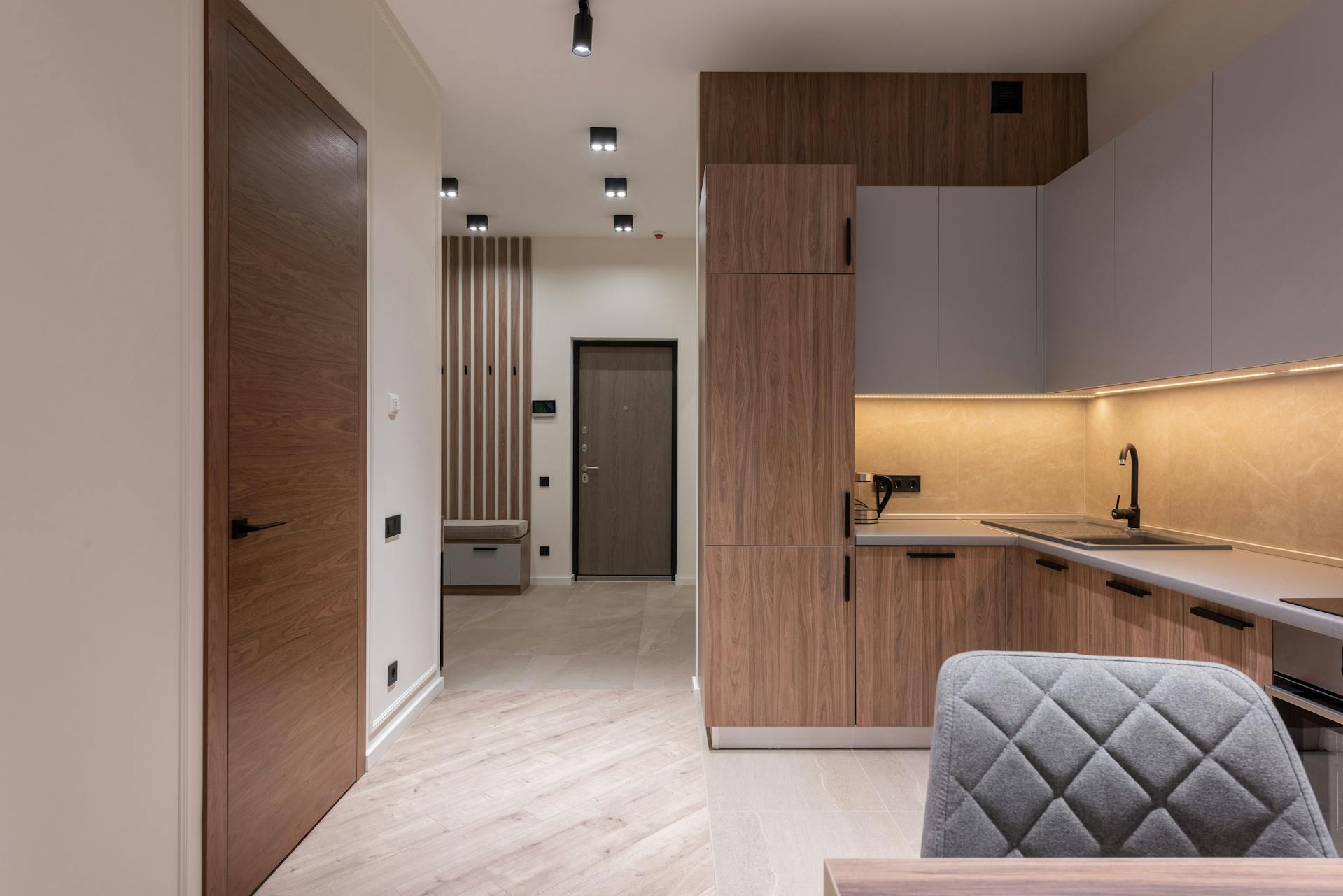Small Lighting Mistakes That Make Your Space Feel Cluttered
You can have a beautifully decorated room — the perfect sofa, the right rug, artwork you genuinely love — but if your lighting isn’t working with you, the entire space can still feel busy, chaotic, or visually overwhelming.
Lighting has a bigger impact on how “clean” or “messy” a room looks than most people realise. Sometimes the issue isn’t clutter at all; it’s that the light in the room is emphasising the wrong things.
Even thoughtfully styled spaces can start to feel cramped or disorganised when the lighting is unbalanced, too harsh, too dim, or placed without intention. Adding layered, softer options — like contemporary table lamps — can instantly shift a room from cluttered to calm.
Below are the most common lighting mistakes that make rooms feel disordered, and the simple adjustments that can help your space look clearer and more inviting.
You’re Using Only One Light Source
Relying on a single overhead light is one of the biggest reasons rooms feel visually chaotic. Overhead lighting tends to cast strong shadows, highlight imperfections, and illuminate everything at the same intensity — which makes the room look flat and crowded.
Try building layers of light
Use a combination of:
- Ambient lighting to brighten the whole room
- Task lighting for specific activities
- Accent lights to create warmth and highlight key areas
Even adding one extra light can soften the room and give it a cleaner, calmer feel.
Your Light Is Too Bright or Too Harsh
Bright, cool-toned lighting can make every object in the room demand attention. What should feel like a peaceful living space suddenly feels like a waiting room — sterile and visually loud.
Softer is usually better
Warm-toned bulbs create:
- Less contrast
- Fewer harsh shadows
- A more relaxing atmosphere
- A sense of order and calm
It’s an easy switch, but it makes a huge difference in how tidy a space appears.
Dark Corners Are Creating Visual Noise
A shadowy corner can make the entire room feel off-balance. Darkness pulls the eye, creating the impression that something is “missing” or messy, even when the space is clean.
Light up forgotten areas
Consider:
- A small lamp behind your sofa
- A glow on a bookshelf
- A floor lamp in a neglected corner
Filling in these gaps prevents your space from looking lopsided or cluttered.
Your Lighting Is Highlighting the Wrong Things
Sometimes the issue isn’t the amount of light — it’s where the light is landing. When lighting shines directly onto busy shelves, cords, or overfilled surfaces, the clutter feels amplified.
Redirect attention to what you want people to notice
Use lighting to highlight:
- Artwork
- Plants
- Beautiful textures
- Architectural features
When the eye is drawn to intentional focal points, the room instantly feels more organised.
The Heights of Your Lights Are Too Similar
If every light in your room sits at the same level — ceiling light, standing lamp, lamps on matching side tables — the space can feel visually cramped.
Mix different light heights for balance
Try:
- A floor lamp paired with a mid-height table lamp
- A light placed on a stack of books
- A low-height lamp on a console
- Subtle lighting under furniture or shelving
Varying the height of your lighting creates depth and movement, which helps the space feel more open.
You’re Avoiding Lamps Altogether
Some people avoid lamps because they think it will add visual clutter — more objects, more cords, more surfaces filled with “stuff.” But the opposite is usually true. Lamps help distribute light more evenly and make the rest of the room look cleaner by reducing harsh shadows.
Lamps simplify the space, not complicate it
A warm, low-glow lamp on a console or side table:
- Defines the area
- Reduces visual noise
- Adds a sense of balance
- Makes objects look more intentional
It’s one of the quickest ways to transform the mood of a room.
Your Bulb Temperatures Don’t Match
Even if your room has several great light sources, mismatched bulbs — some cool, some warm, some overly bright — can cause visual confusion. The space feels messy, even though nothing is out of place.
Keep lighting consistent throughout the room
Choose:
- Warm bulbs for cosy rooms
- Neutral bulbs for workspaces
- Dimmable bulbs for flexibility
Consistency is what helps the space look cohesive.
Your Lighting Is Too Low or Too High
Lights placed too low can emphasise cluttered surfaces. Lights placed too high can make the room feel stark and empty. Both extremes distort the sense of balance.
Aim for eye-level where possible
Lighting that meets the eye (or just above) helps:
- Create harmony
- Distribute brightness evenly
- Reduce visual tension
It also naturally draws attention away from busy surfaces.
Lighting Is Competing With Décor Instead of Complementing It
If your lighting is overly bold or too small, it can compete with your décor instead of enhancing it. A tiny lamp on a large table looks lost. A huge pendant in a tight space feels overwhelming.
Choose lighting that fits the scale of your room
Ask yourself:
- Does this light balance the furniture around it?
- Does it draw attention in a good way?
- Does it create harmony, or distraction?
When lighting and décor work together, the whole room feels calmer.
Creating a Cleaner, Calmer Room Through Better Lighting
You don’t need to overhaul your entire space to make it feel less cluttered. Focus on how the light interacts with your room. Adjust the brightness, add softer layers, highlight the right spaces, and create depth by using light at different heights.
Often, it’s a handful of small lighting decisions — not the décor itself — that make the biggest difference. Once you start using light intentionally, your room begins to feel clearer, more open, and far more inviting.







